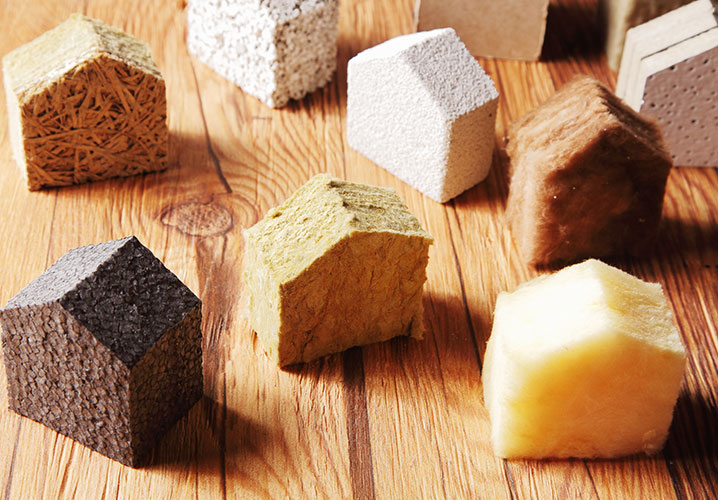
Good insulation is half the insurance
When it comes to fire control, insurers are increasingly looking for a holistic safety concept. That starts with the right insulating materials.
It was a faulty refrigerator that started it all. The tragic fire at London’s Grenfell Tower can be traced back to a mundane technical defect. Within minutes the fire had spread to the entire façade of the building. And that was because of the insulation – the same insulation frequently used in industrial construction.
Synthetic insulating materials – a critical matter
The list of insulating materials for buildings, façades and roofs is long. In industry both the insulating properties and the cost-effectiveness of the material are taken into account. Synthetic insulating materials like polyurethane and polystyrene offer excellent insulation and are lightweight and – above all – cheap. They are used in industrial construction in sheet metal cladding or panels, for example.

Insulating materials and their properties
But there is one disadvantage against all of the many cost-effective advantages of these materials: they are inflammable. Some synthetic insulating materials are labelled ‘hardly inflammable’ or ‘flame resistant’ and that gives a sense of security. But the label is lying, as Christopher Raabe, property insurance and fire control expert at Funk, explains: ‘The fact that something is hardly inflammable or flame resistant does not mean that it does not have excellent burning properties. Once it has ignited, the fire can quickly spread.’ This effect was seen in London, where the fire at Grenfell Tower could not be controlled despite a first-class fire brigade coming to the rescue. The fact is that insulating materials are usually hidden behind cladding, which hinders fire fighting measures.
The right insulation for better fire control
While inflammable insulating materials are prohibited in Germany for residential buildings 22 metres and higher, they continue to be used in industrial construction and other situations. But the building materials used do affect insurance cover: ‘Insurers are increasingly looking at the construction of a building and the holistic safety concept, from the physical features of the building to the technical systems and organisational fire control measures in place,’ says Raabe. ‘So we recommend fitting buildings with non-combustible materials in order to minimise the risk of major damage.’
30.06.2020
Your point of contact


